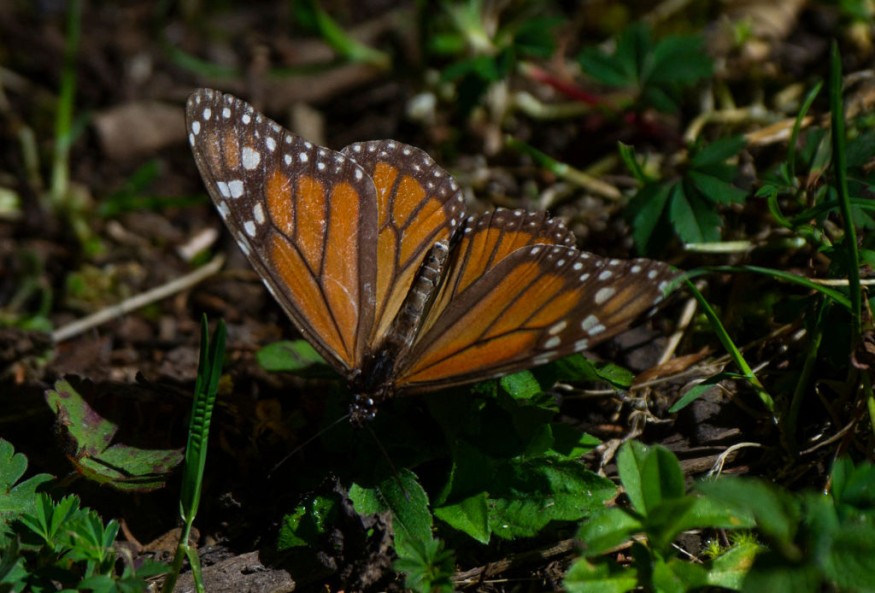The latest report showed that record-high temperatures can threaten the population and migration of monarch butterflies.
Extreme weather can affect monarch butterflies, which are already suffering from a decline in numbers.
According to recent reports, monarch butterflies have faced the threats of habitat loss, deforestation, use of pesticides, climate change and loss of their food source.
As a result, monitoring the butterfly's migration is crucial to conserve their species. Conservation is vital to save them from the brink of extinction.
Monarch Butterflies: How Can Latest Threat Affect Their Population

Monarch butterflies can be recognizable by their beautiful colors. They breed in areas with milkweed. The said butterfly is found in Alberta, Newfoundland, Quebec and Ontario in Canada.
The monarch butterflies can travel to parts of Central Mexico. In the spring season, they return to Canada. It is one of the longest insect migrations people can see. They can travel up to 2800 miles.
The migration is considered unique because monarch butterflies can travel to distant areas without knowing the direction. Reports showed that they observed their internal compass to direct the path to migration.
However, climate change and temperature changes challenge monarch butterflies to survive. Drought conditions have also threatened their milkweed habitat, exacerbating the problem.
In Ontario, a recent report showed the region experienced record-high temperatures in early October. Extreme cold and scorching heat can be challenging for the endangered butterflies. Wildfires can also affect them, destroying their habitats.
The monarch butterflies have declined in numbers since 1996, according to research. The population has dwindled by about 91%. In the Rocky Mountains, the number fell by 81%.
Furthermore, the conservation of milkweed species is crucial for the monarch butterflies. Milkweed is significant for their eggs. Restoration of habitats can significantly increase their population amidst the threat of extinction.
Coordination with communities to plant flower plants can also help them. Homeowners can also plant the tropical milkweed in their gardens or areas.
Saving the the monarch butterflies is vital due to the species cultral and community importance.
Also Read : 3 in 4 Undescribed Vascular Plants At Risk of Extinction Amidst Threats of Climate Change, Habitat Loss
What You Should Know More About Butterflies
The monarch butterflies can have eggs on milkweed, making it crucial for their species. The said female butterfly can lay eggs up to 1000. Unlike the adult butterflies, the migratory monarch butterflies can survive up to eight months.
In Denmark, NWN also reported habitat loss and unsuccessful conservation impacts on butterfly distribution. In a report in Biological Conservation, researchers surveyed the butterfly distributions in 22 common sites in Denmark.
From 2014 to 2019, the study observed the butterfly population in the uncommon sites. Alarmingly, they discovered that the butterflies declined by 72%.
Furthermore, the land-use changes could worsen the habitat loss problem that affects the said sites' butterflies.
Related Article : Unique Monarch Butterfly from North America Suffers From Population Decline Urging for More Conservation Efforts
For more similar stories, don't forget to follow Nature News.
© 2025 NatureWorldNews.com All rights reserved. Do not reproduce without permission.





